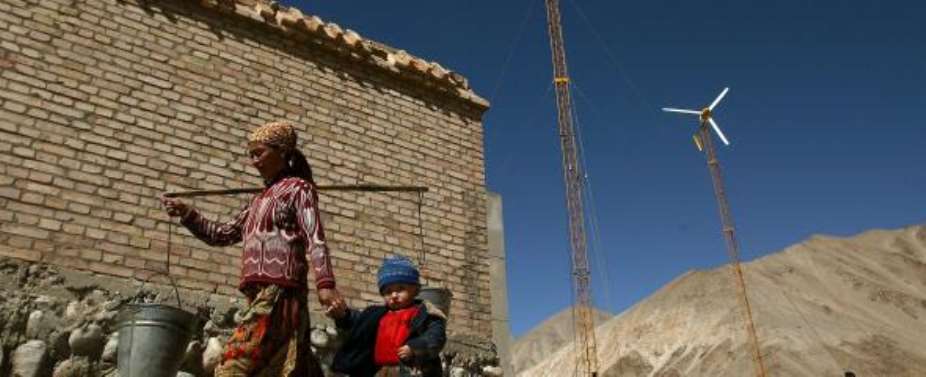Across the world, the lack of access to modern energy supply continues to impede sustainable development. Recent assessments suggest that as many as 1.3 billion people still do not have access to electricity, and more than 2.6 billion people rely on traditional biomass for cooking and heating. However, 2013 sparked a time of change as people in developing countries, especailly in remote and rural areas of the world continued to gain access to electricity, modern cooking, heating and cooling as the installation and use of distributed renewable energy technologies increased. The international community noted the far reaching consequences of such expansion. Its direct result in the daily life of million of people across the world, especially in areas as Africa, South America and Asia, are considerable is looked as a whole.
With Wivela Green Energy Group we try to take those developments to the next level in about 10 countries, from South America through Africa and Asia. We hope to further stimulate the improvements in affordability, inclusion of distributed energy in national energy policies, greater access to financing, increased knowledge about local resources, and more advanced technologies that can be tailored to meet communities and customers’specific needs.
 Solar energy in Ethiopia
Solar energy in Ethiopia
Also, our activities will be mainly be focused on Water, mini-hydro and some solar and wind energy projects across Africa and South America. The increased use of mini-grids supported the spread of renewable energy-powered electrification in un-electrified periurban and rural areas. Recent technical advances that enable the integration of renewables in mini-grid systems, combined with information and communication technology (ICT) applications for power management and end-user services, have allowed for a rapid growth in the use of renewables-powered mini-grids.
Thanks to the level of participation and policy support in many countries, we aim to make those developments tangible in the daily life of million people across the world. As an example, stand-alone cooking and electricity systems based on renewables are often the most cost-effective options available for providing energy services to households and businesses in remote areas.
With the increasing awareness that off-grid, low-income customers can provide fast-growing markets for goods and services, and with the emergence of new business and financing models for serving them, rural energy markets are increasingly being recognised as offering potential business opportunities.
There is a new florishing ecosystem, as many companies have become active across Africa, Asia, and Latin America, selling household-level renewable energy systems and devices. From an industrial point of view, the rate of investment is increasing as commercial lenders, social venture capitalists, local and international development entities, governments, and others are actively engaged in the financing of distributed renewable energy.





 Lay KPMG audit report on SML-GRA contract before Parliament – Isaac Adongo tells...
Lay KPMG audit report on SML-GRA contract before Parliament – Isaac Adongo tells...
 Supervisor remanded for stabbing businessman with broken bottle and screwdriver
Supervisor remanded for stabbing businessman with broken bottle and screwdriver
 NDC watching EC and NPP closely on Returning Officer recruitment — Omane Boamah
NDC watching EC and NPP closely on Returning Officer recruitment — Omane Boamah
 Your decision to contest for president again is pathetic – Annoh-Dompreh blasts ...
Your decision to contest for president again is pathetic – Annoh-Dompreh blasts ...
 Election 2024: Security agencies ready to keep peace and secure the country — IG...
Election 2024: Security agencies ready to keep peace and secure the country — IG...
 People no longer place value in public basic schools; new uniforms, painting wil...
People no longer place value in public basic schools; new uniforms, painting wil...
 'Comedian' Paul Adom Otchere needs help – Sulemana Braimah
'Comedian' Paul Adom Otchere needs help – Sulemana Braimah
 Ejisu by-election: Only 33% of voters can be swayed by inducement — Global InfoA...
Ejisu by-election: Only 33% of voters can be swayed by inducement — Global InfoA...
 Minority will expose the beneficial owners of SML, recover funds paid to company...
Minority will expose the beneficial owners of SML, recover funds paid to company...
 Prof. Opoku-Agyemang has ‘decapitated’ the NPP’s strategies; don’t take them ser...
Prof. Opoku-Agyemang has ‘decapitated’ the NPP’s strategies; don’t take them ser...
